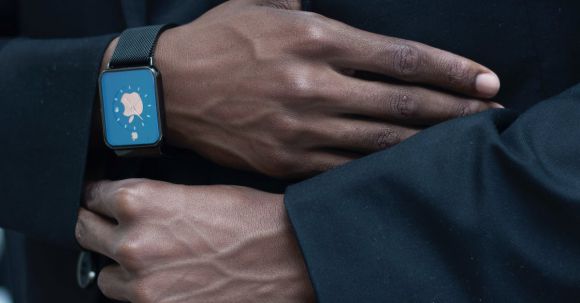In today’s digital age, technology has become an integral part of our daily lives. From smartphones to smart homes, it seems like there’s no escaping the advancements that have transformed the way we live and interact with the world around us. One area where technology has made a significant impact is in the world of fashion. Wearable fashion technology has become increasingly popular, with designers and tech companies collaborating to create innovative and stylish pieces that seamlessly integrate technology into our wardrobes. Let’s explore some of the latest trends in this exciting field.
Smart Fabrics: The Future of Fashion
One of the most significant trends in wearable fashion technology is the emergence of smart fabrics. These fabrics are embedded with sensors, microchips, and other electronic components that can track and monitor various aspects of our lives. For example, some smart fabrics can monitor heart rate, body temperature, and even hydration levels. These fabrics can be used in clothing, accessories, and even shoes, allowing us to stay connected and informed about our health and well-being.
Fashion Meets Function: The Rise of Functional Wearables
Gone are the days when wearable technology was limited to fitness trackers and smartwatches. Today, designers are finding innovative ways to merge fashion and function, creating wearables that not only look great but also serve a purpose. From smart jewelry that can track our sleep patterns to jackets with built-in heating elements, functional wearables are revolutionizing the way we think about fashion. These pieces are not only stylish but also offer practical benefits that enhance our everyday lives.
Augmented Reality: The Future of Shopping
With the rise of e-commerce, traditional retail stores are facing new challenges. However, augmented reality (AR) is emerging as a game-changer in the world of fashion. AR technology allows consumers to virtually try on clothes and accessories, eliminating the need to physically visit a store. By using their smartphones or other AR-enabled devices, shoppers can see how a particular outfit will look on them before making a purchase. This technology not only enhances the shopping experience but also reduces the chances of buying ill-fitting or unflattering clothing.
Sustainable Fashion: A Growing Focus
In recent years, there has been a growing emphasis on sustainability in the fashion industry. Consumers are increasingly conscious of the environmental impact of their clothing choices and are demanding more sustainable options. Wearable fashion technology is no exception to this trend. Designers are exploring ways to incorporate sustainable materials and manufacturing processes into their wearable tech creations. For example, some companies are using recycled materials to create smartwatches, while others are experimenting with biodegradable fabrics for their smart clothing. This focus on sustainability not only benefits the environment but also aligns with the values of socially and environmentally conscious consumers.
The Future of Wearable Fashion Technology
As technology continues to advance, the possibilities for wearable fashion technology are endless. From smart clothing that can change color and pattern to adapt to our moods to accessories that can charge our devices wirelessly, the future of wearable fashion technology is both exciting and limitless. With each passing day, designers and tech companies are pushing the boundaries of what is possible, creating a world where fashion and technology seamlessly merge.
In conclusion, wearable fashion technology is revolutionizing the way we think about clothing and accessories. With trends such as smart fabrics, functional wearables, augmented reality, and a growing focus on sustainability, the future of wearable fashion technology looks bright. As we continue to embrace the digital age, it’s clear that technology and fashion are no longer separate entities but are instead merging to create a new era of style and functionality. So, whether you’re a fashion enthusiast or a tech lover, there’s no denying that wearable fashion technology is here to stay.




